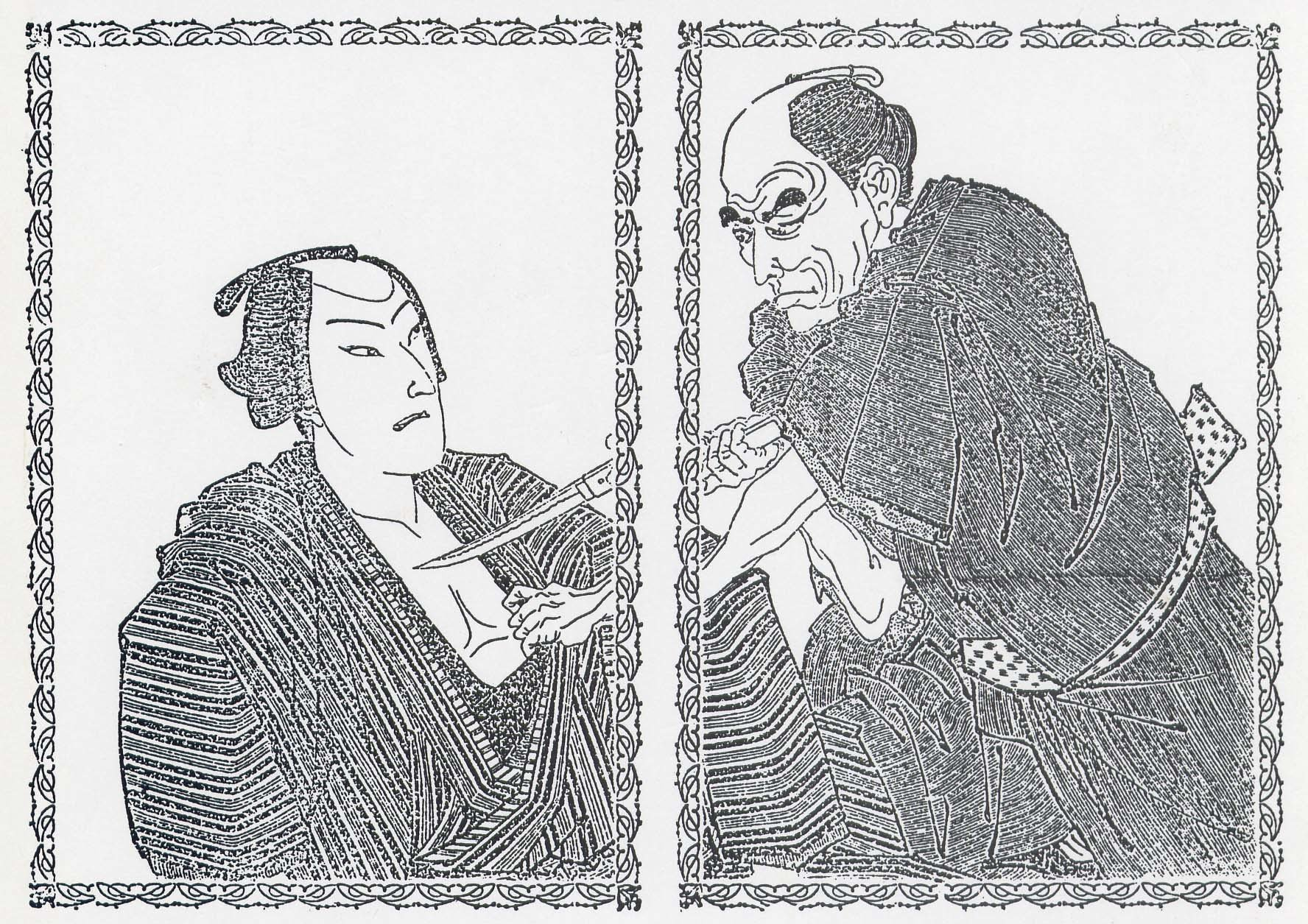ABOUT SHOYO
Tsubouchi Shōyō 坪内逍遙 (1859-1935) was the first person to translate the Complete Works of William Shakespeare into Japanese. The translations were published in full in 1928 after almost twenty years’ effort and remained popular through to the 1960s and 70s, when they were superseded by more modern translations by Fukuda Tsuneari and then Odashima Yushi. Shoyo’s view of Shakespeare – developed over five decades of fifty years of assiduous scholarship – has had a pervasive influence on the Bard’s reception in Japan. There are many who believe that Shoyo’s elegant sonorities come closest to the spirit of Shakespeare, and some who aver that he relied too much on his native kabuki drama for the Shakespeare to get through. It is certainly worth studying Shoyo’s achievement in terms of the native aesthetics and culture that shaped his sensibility before modernity took hold in the 20th century; as Sumimoto Noriko observes, ‘the remarkable height of his scholarship was due to his conscious and positive localization of Shakespeare according to his own cultural stance.’
Tsubouchi’s birth name was Yuzo, and Shoyo the pen name that – like many writers of his generation – he adopted in his youth. The word shoyo in Japanese means ‘rambling’ or ‘peripatetic’, and refers in Tsubouchi’s case to Aristotle’s Peripatetic School of the 4th century B.C., whose ideas were based on personal experience in contrast to Plato’s ‘theory of forms’ (or idealism). Tsubouchi’s rejection of the aesthetic idealism of art historian Ernest Fenollosa in the 1880s and of fellow writer Mori Ogai in the 1890s clarifies his position.
Brief chronology
1859 born in present-day Gifu Prefecture (May 22nd) – father a minor samurai, mother enjoys kabuki
1869 family moves to Nagoya following Meiji Restoration
1874 attends Aichi English School, where he is introduced to Shakespeare by native American instructors
1876 scholarship to Tokyo Kaisei Gakko (preparatory school of Imperial University of Tokyo)
1880 death of mother – with Takada Sanae, he translates part of Walter Scott's The Bride of Lammermoor
1881 fails American professor Houghton's examination for didactic analysis of Hamlet’s Gertrude
1882 death of father – active as political satirist
1883 starts lecturing at Okuma Shigenobu's Tokyo Senmon Gakko (later Waseda University) on British constitutional history
1884 translates Shakespeare’s Julius Caesar
in traditional dramatic style – adopts pen name of Shoyo
1885 writes novel on student life, Tosei shosei katagi, and influential treatise on literary reform, Shosetsu shinzui
(The Essence of the Novel)
1886 begins friendship with novelist and Turgenev translator Futabatei Shimei – criticizes aesthetics of Tokyo University professor Ernest Fenollosa
marries former geisha Ugai Sen and takes interest in dramatic reform
1889 Futabatei publishes Ukigumo, whose acclaim as first ‘modern’ Japanese novel leads Shoyo to give up fiction
1890 lecturing on Shakespeare at Waseda and spell as editor of Yomiuri Shimbun newspaper
forms play reading circle with Waseda students (kabuki and Shakespeare)
1891 launches literary journal Waseda Bungaku
‘idealism’ debate on purpose of literature (botsuri ronso) with German-influenced novelist Mori Ogai
1893 adopts his nephew Tsubouchi Shiko (later distinguished drama critic) – death of Shoyo's kabuki mentor, playwright Kawatake Mokuami
1894 essay calling for more realistic, coherent playwriting, 'Waga kuni no shigeki' – writes historical drama Kiri no hitoha
(with connections to Hamlet
and Macbeth)
1896 appointed head of Waseda Middle School – interest in ethical education
1897 writes play about Fall of Osaka Castle (1615), Hototogisu kojo no rakugetsu
1899 awarded Doctor of Letters by Waseda (thereafter Dr. Tsubouchi) – meets Shakespearean actress Janet Waldorf on her tour of Japan
1900 writing Japanese language readers for use in elementary schools (censored by Ministry of Education)
1901 Shoyo's Julius Caesar adaptation staged by Ii Yoho at Meijiza – dispute with critic Takayam Chogyu over role of individuality in drama
1902 sends disciple Shimamura Hogetsu on study tour of United States and Europe
1904 writes ‘new’ musical drama based on Japanese folktale and influenced by ideas of Wagnerian opera, Shinkyoku Urashima
nephew killed in Russo-Japanese War
1906 forms Japan's first modern theatre company, Bungei Kyokai (Literary Arts Association) – they perform his translation of The Merchant of Venice
at Kabukiza
1907 begins his translation of Shakespeare’s Complete Works
1909 article comparing Shakespeare, Chikamatsu and Ibsen
1911 Bungei Kyokai stage Hamlet (criticized by Natsume Soseki in newspaper review) and later Ibsen’s Doll’s House, at new Imperial Theatre
1912 Bungei Kyokai's production of Sudermann's Heimat halted by Tokyo police
1913 Bungei Kyokai collapses following affair of Hogetsu with lead actress Matsui Sumako – translates Shaw's Mrs Warren's Profession
1914 interest in kabuki dance drama – writes Onatsu kyoran
1915 translates The Tempest – resigns from university chair following president Takada's appointment as Minister of Education and consequent unrest
at university
1917 writes his theatrical masterpiece En no gyoja
(with Tempest parallel)
1920 buys retirement villa (Soshisha) in seaside resort of Atami – where he completes his Shakespeare translations
1921 writes Atami Pageant – interest in children’s literature
1923 experiences Great Kanto Earthquake at Waseda
1927 audience of 1,600 hear Shoyo lecturing on Shakespeare at Waseda
1928 Tsubouchi Theatre Museum (Enpaku) opened at Waseda and translations of Complete Works published in 40 volumes by Chuo Koron (revised
1933-5)
Osanai Kaoru stages his translation of A Midsummer Night's Dream with Tsukiji Little Theatre and Mendelssohn music
1933 gramophone records made of Shoyo reciting from his translations of Hamlet
and The Merchant of Venice
declines to meet George Bernard Shaw on his visit to Japan
1935 dies at Soshisha (Feb 28th) – citation read in National Diet and excerpt from King Lear performed on memorial ceremony


